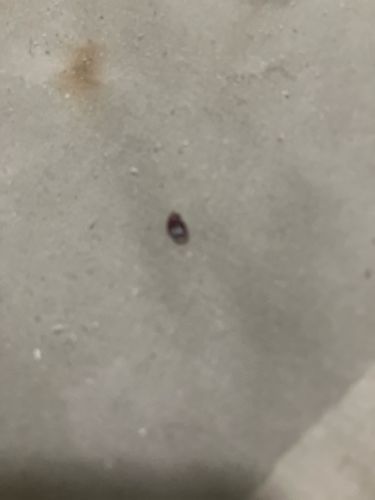Bed Bug
Scientific Name: Cimex lectularius
Order & Family: Hemiptera (true bugs), Cimicidae
Size: Adults are typically 4-5 mm (0.16-0.20 inches) long.

Natural Habitat
Primarily human dwellings, especially beds, mattresses, bed frames, and cracks/crevices nearby. They prefer dark, secluded areas.
Diet & Feeding
Strictly hematophagous, meaning they feed exclusively on the blood of warm-blooded animals, primarily humans.
Behavior Patterns
Nocturnal feeders, emerging from hiding spots to feed on sleeping hosts. They are attracted to carbon dioxide and body heat. They are wingless and cannot fly or jump, but they can crawl quickly. They undergo incomplete metamorphosis (egg, nymph, adult).
Risks & Benefits
Potential risks include itchy bites, skin irritation, allergic reactions, and secondary skin infections from scratching. While not known to transmit diseases, their presence can cause significant psychological distress and sleep deprivation. There are no known benefits.
Identified on: 10/11/2025